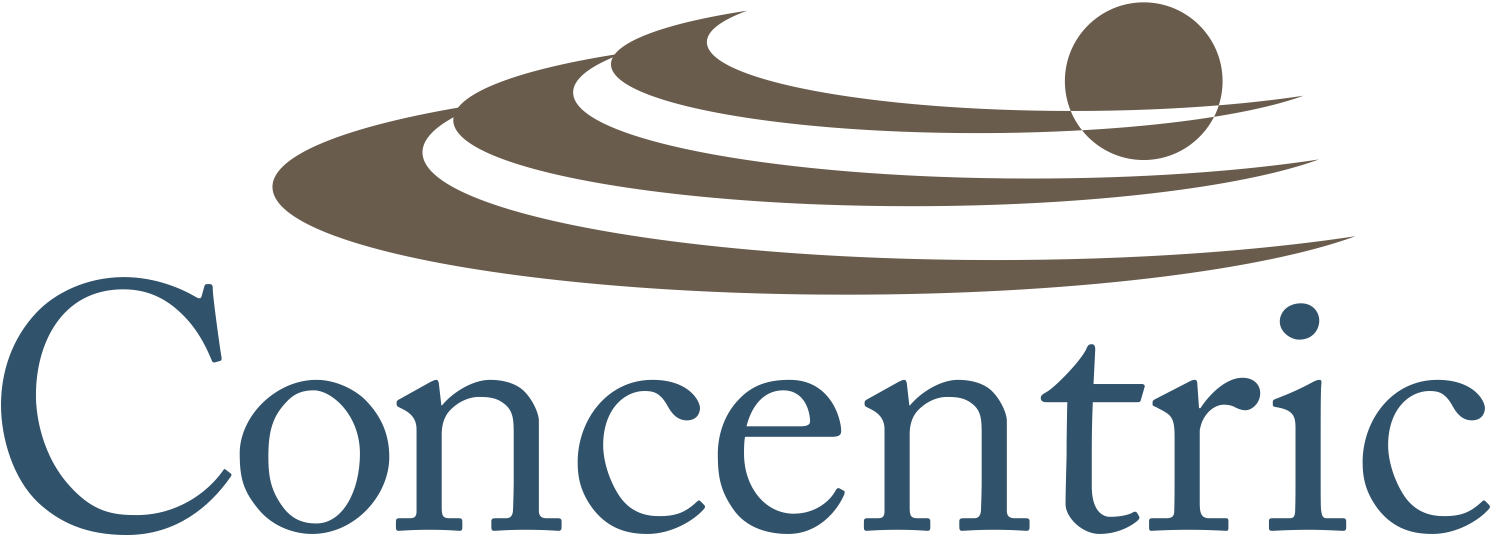Lean: A Prescription for Improved Healthcare
Based on the common symptoms of waste, delays, errors, redundancy and lack of employee engagement, Healthcare has begun looking to “Lean” methods for the solution. The symptoms were exacerbated with changes in financial reimbursements, the public reporting of quality measures, social media, and the need for employee engagement in healthcare as well as the growing demand from consumers for a better product. For healthcare organizations to remain competitive in the coming years, lean as the treatment plan must become the culture to allow healthcare to flourish. Optimizing financial reimbursements can be thought of as the lifeblood of the healthcare industry. In the past, reimbursements were based on volume without regard to outcomes and often at a higher price. Studies have shown that higher prices for a procedure do not translate to better outcomes. Some practitioners refused to use “Best Practices” because standardization of treatment had not been established and the services were disjointed or described as siloes. For certain diagnoses, if an individual was hospitalized a second time in less than 30 days for the same illness, reimbursement for the second hospitalization maybe denied. All this changed when reimbursements from some payers were established based on best practices and outcomes.
Over simplified but the point remains, for best outcomes the treatment must be standardized, coordinated and thorough with a clear plan after discharge. Without these lean principles in place the financial losses quickly accumulate. Currently, the discharge plan should start the moment the patient is admitted to decrease the chance of a readmission. The lean approach includes such things as checklists, decrease delays in starting antibiotics, standardizing treatments to include best practices and following a plan on discharge that includes access to their treating physician with minimal delays. This is good for the payer, good for the hospital and great for the patient.
Also, Medicare requires public reporting of certain healthcare metrics. These metrics measure a patients’ perspective of their hospital care, if care was timely and effective, as well as the readmission rates for specific diagnosis and certain complications. Having the information available to the consumer encourages more informed decisions and the ability to shop for healthcare based on the metrics. Currently, payers and vendors are probably the biggest user of this information. Consumers will be slow to change but change will occur. Using standardize processes, eliminating waste and utilizing the voice of the customer tools will enhance the metric scores and make it a truly patient centered experience.
Reported metrics for hospitals can be found at www.medicare.gov/hospitalcompare.
Similar to most other industries, social media has become relevant. A large portion of the population admits to using social media to guide choices of physician and/or hospital. Wait times, duplication of questions and poor quality provides the substance for social chatter that can reach hundreds of people in a short length of time. Through scripting, eliminating waste and focusing on the value added services, consumer chats turn to recognition of exceptional service. Defining exceptional service should be a priority in the continuous improvement process.
Marketing says, “no one ever remembers the status quo,” so plan to excel to get noticed because people talk and they talk on social media.
Finally, employee engagement can determine the success of Lean. Research shows that increasing employee engagement has a direct correlation on the quality of service. A facility looking to increase quality because it leads to higher reimbursement and increased customer happiness would seem to be a “no brainer.” Lean provides the mechanism for employees to contribute, problem solve and align to the values and expected behaviors of a facility.
[Tweet "“Lean” appears to be right treatment plan for the healing of the healthcare industry."]
As with any treatment plan, the user must determine if it’s right for them. If waste, delays, duplications and poor work practices are evident on your next visit to a healthcare provider, then you might want to ask if this is the right facility for you or is this a “Lean” job opportunity.
A lean practioner should be hearing the chants of process mapping, voice of the customer, waste elimination, standardizing, scripting, checklist and many other lean tool opportunities. All of these lean tools lead to increased reimbursements, better publically reported healthcare scores, better social chatter and improved engagement of employees.

